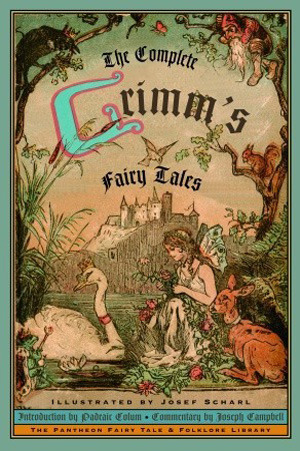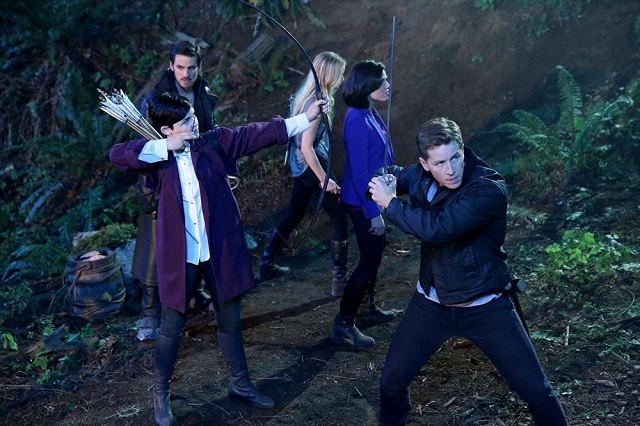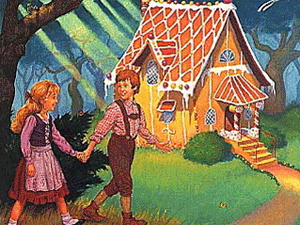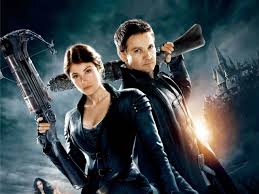
April 27, 2015, by Sunita Tailor
Fairy tales revisited
This blog post was written by first year English and Hispanic student, Sally Hirst from the School of English.
Once upon a time, traditional folk stories were passed on by word of mouth, these then transcended to the written word and now, they reside on our television screens, however, they have been much altered from their original storylines to suit the modern audience. Some have been toned down for a younger audience, others have been contorted to resemble modern day society.
Grimm and Once Upon a Time are both modern-day re-imaginings of classic fairy tale lore, which shaped the childhoods of many worldwide. They’re aimed at an older audience than their animated predecessors. However, the more traditional versions of the tales (as told by the Brothers Grimm and Basile) are far from merry tales, involving more rape and death than could be presented to a Disney audience. But the ‘Prince and princess meet, marry, and live happily ever after’ storyline has prevailed. The major alteration now is that the characters have been awarded more depth. The princess isn’t the docile, picture-perfect woman that we have become accustomed to, she has more power and far more control over her fate. Just as the prince isn’t simply charming and displays weakness as well as heroism. A greater spectrum of character traits modernizes these stories and constructs a far more interesting range of personas.
We grew up watching quiet ladies suffer in silence under the control of their villains, waiting patiently for a change to occur in their fate. But is that a good message to publicise? In order to progress in our society one needs to act for themselves, not wait for another to rescue them from their fate. I have grown up to believe that proactivity is one of the crucial keys to success, rather than magical spells, fairy godmothers and heroic knights. But is that part of the appeal of these stories? The idea that we can rely on others to change our lives and defeat the enemy – a lazy path to success. There is also the question of how this traditional layout can contribute to the initial shaping of ideas of gender roles. It is rare for a prince in jeopardy is rescued by a valiant princess. Are boys encouraged to always play the hero and girls always the damsel in distress?
But to what extent are we remoulding these classic figures – is it too much? The recent film adaptation of Hansel and Gretel featured the siblings as witch hunters; a far cry from their traditional personas. They are hardly the vulnerable children at the mercy of a witch – like in the original tale. This could be too distant from their traditional characters, warping the entire story.
There are so many different adaptations of fairy tale lore – morphed for our amusement and entertainment – in pantomimes, films and television series. They have followed us through from childhood to adulthood, forming the foundations of a moral code, and have survived the huge alterations in society, but the classic storylines have had to adapt to survive.
[Featured images from: http://www.soundonsight.org/once-upon-a-time-ep-3-02-lost-girl-accepting-who-you-are-will-help-you-find-the-way/ http://carinteriordesign.net/cinderella/cinderella-cleaning.html http://www.petitoiseau.org/tag/hansel-and-gretel/ http://www.flickeringmyth.com/2014/09/hansel-gretel-witch-hunters-director-returning-sequel.html]
No comments yet, fill out a comment to be the first





Leave a Reply